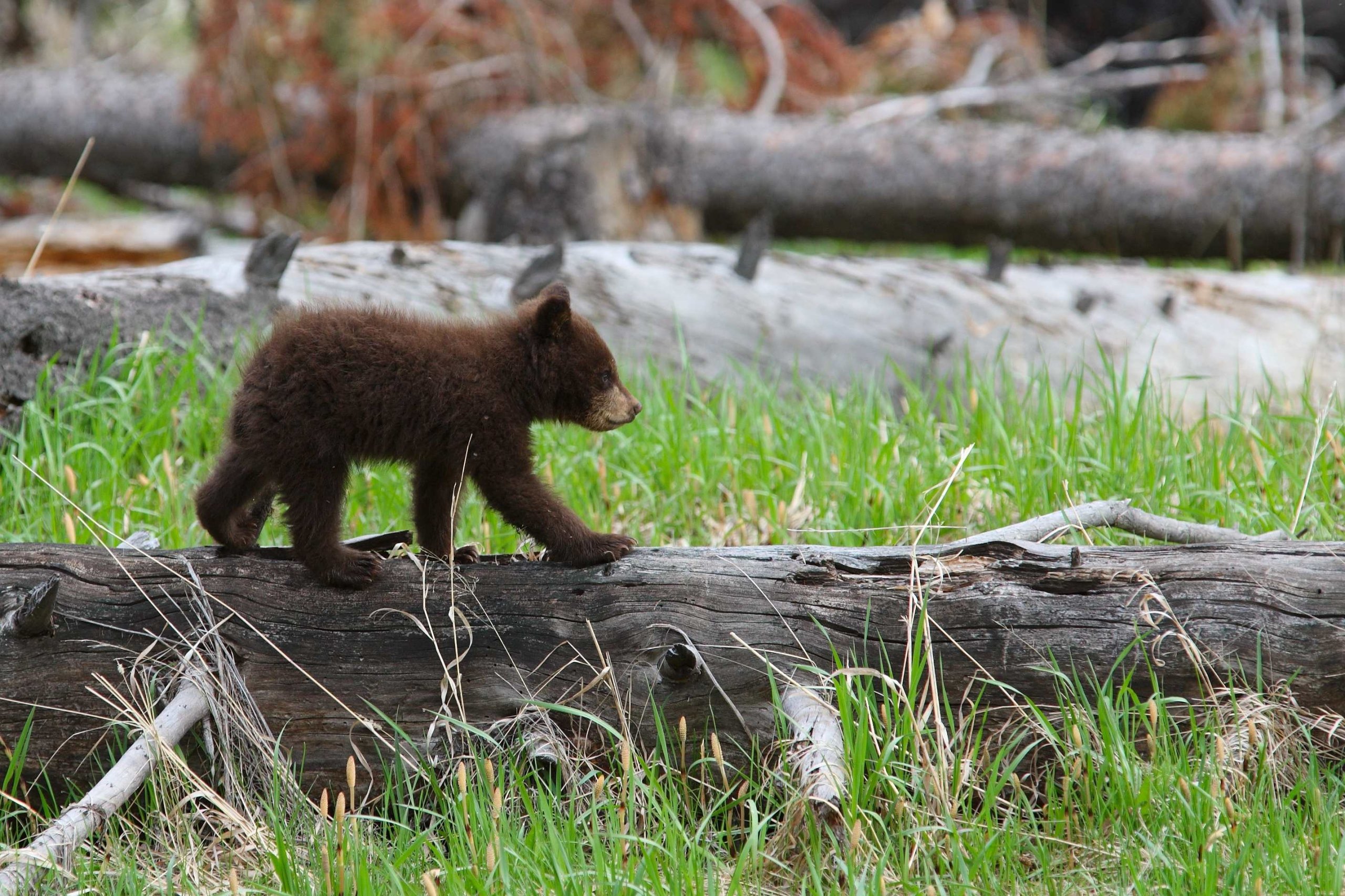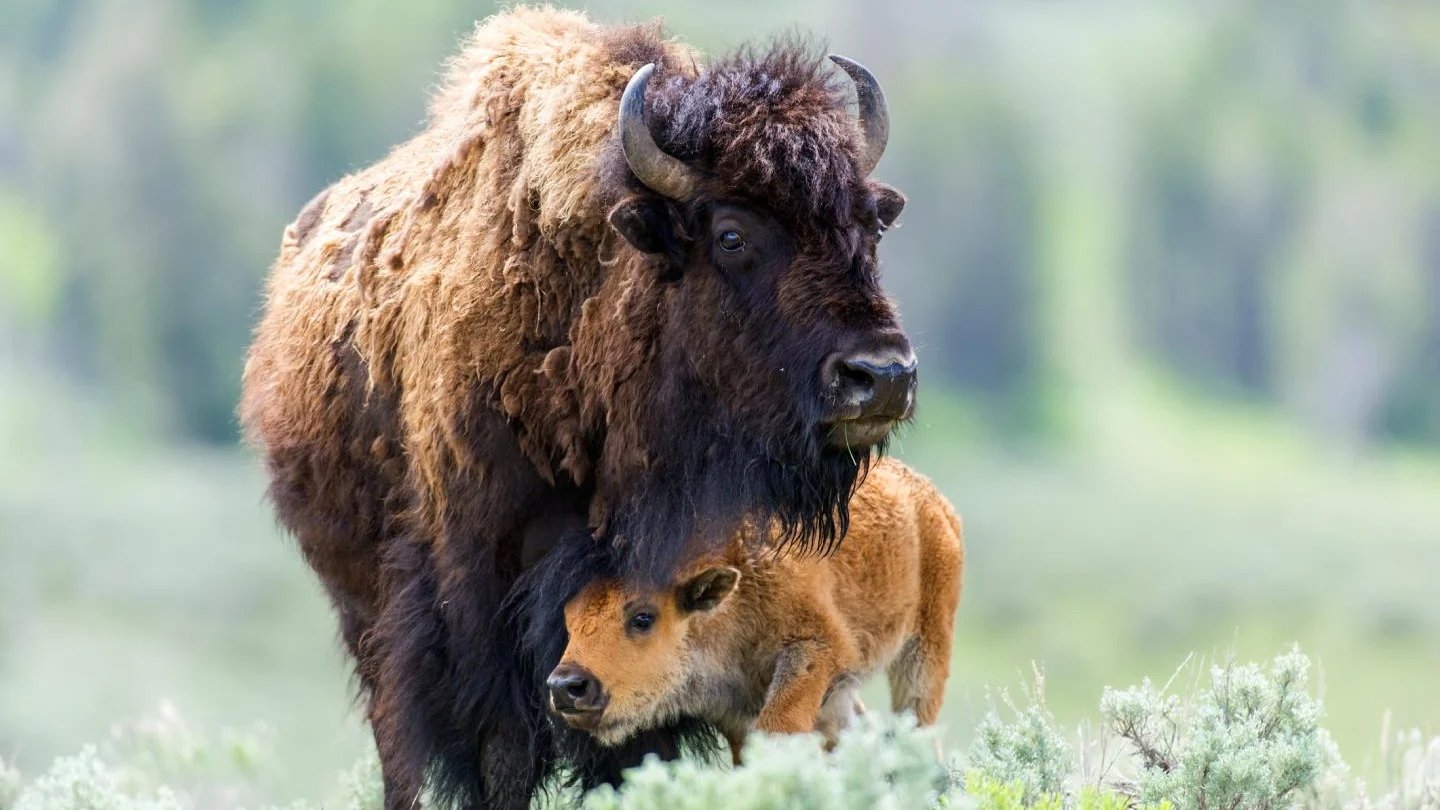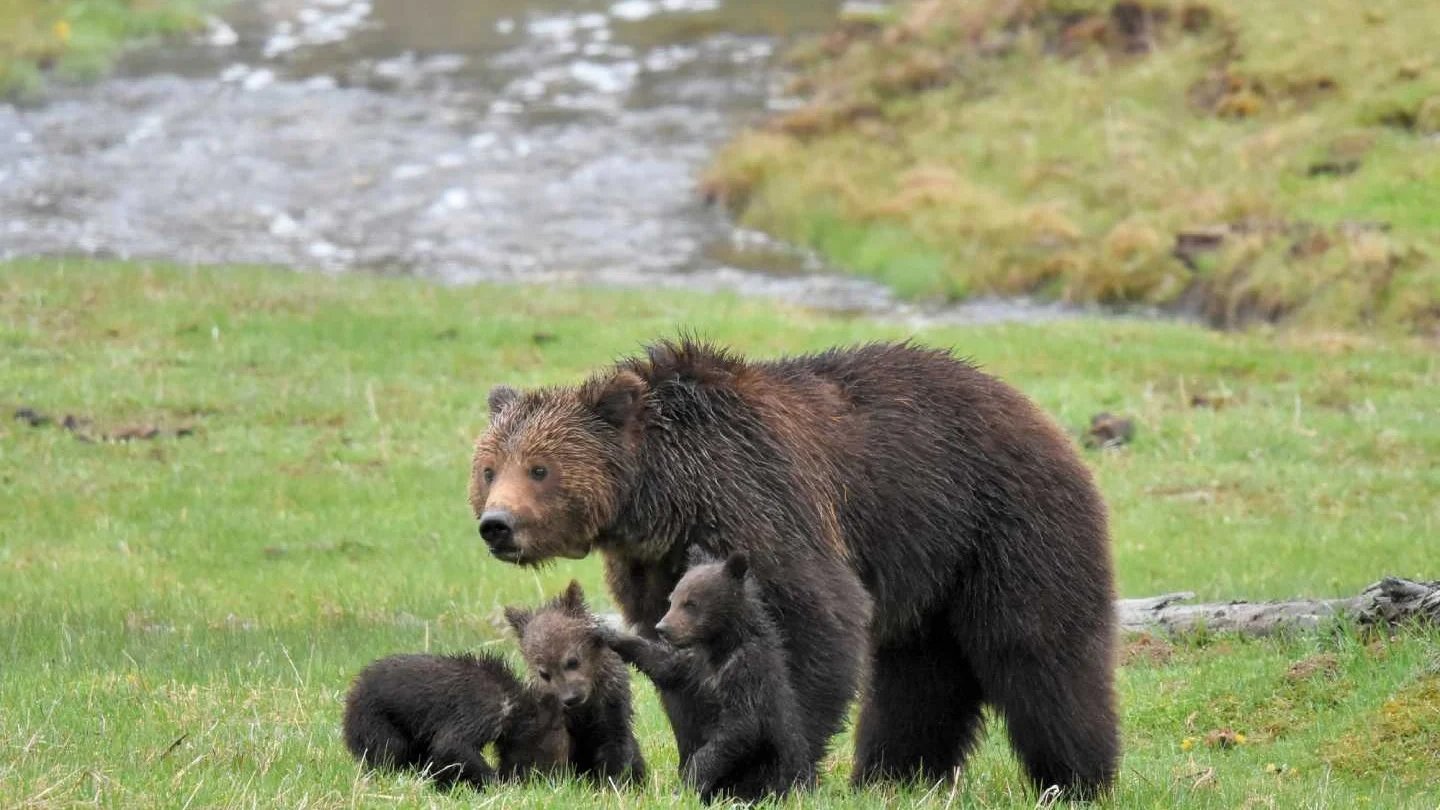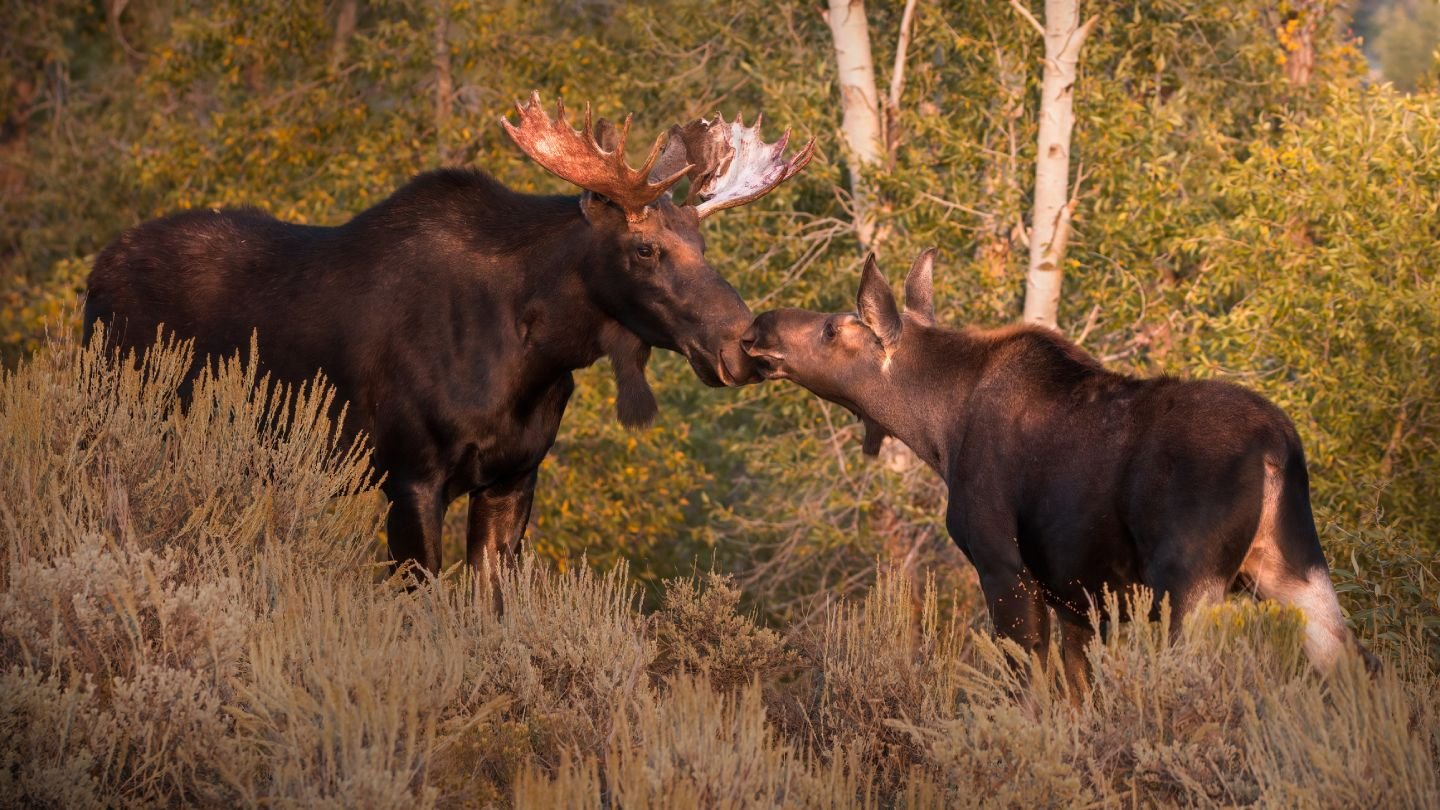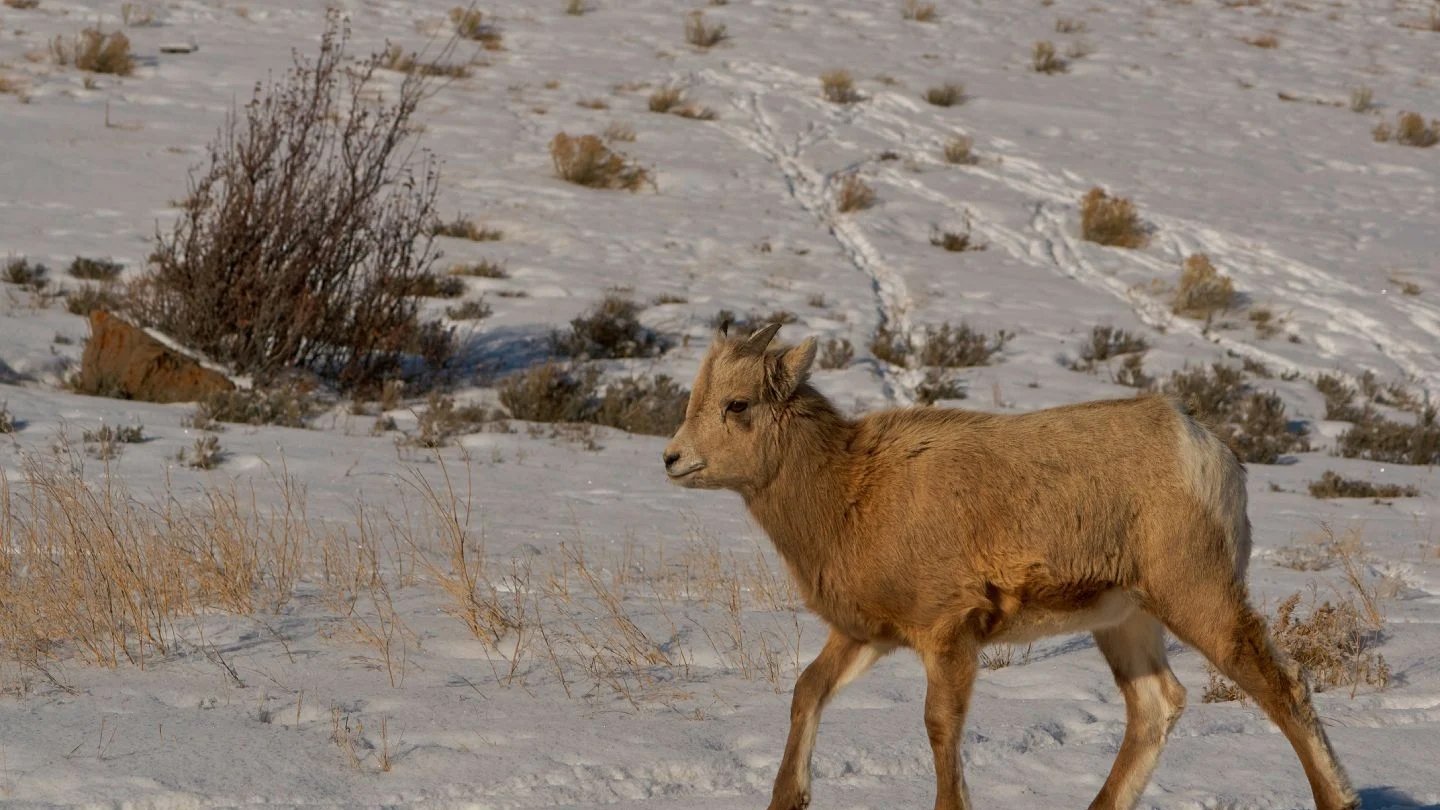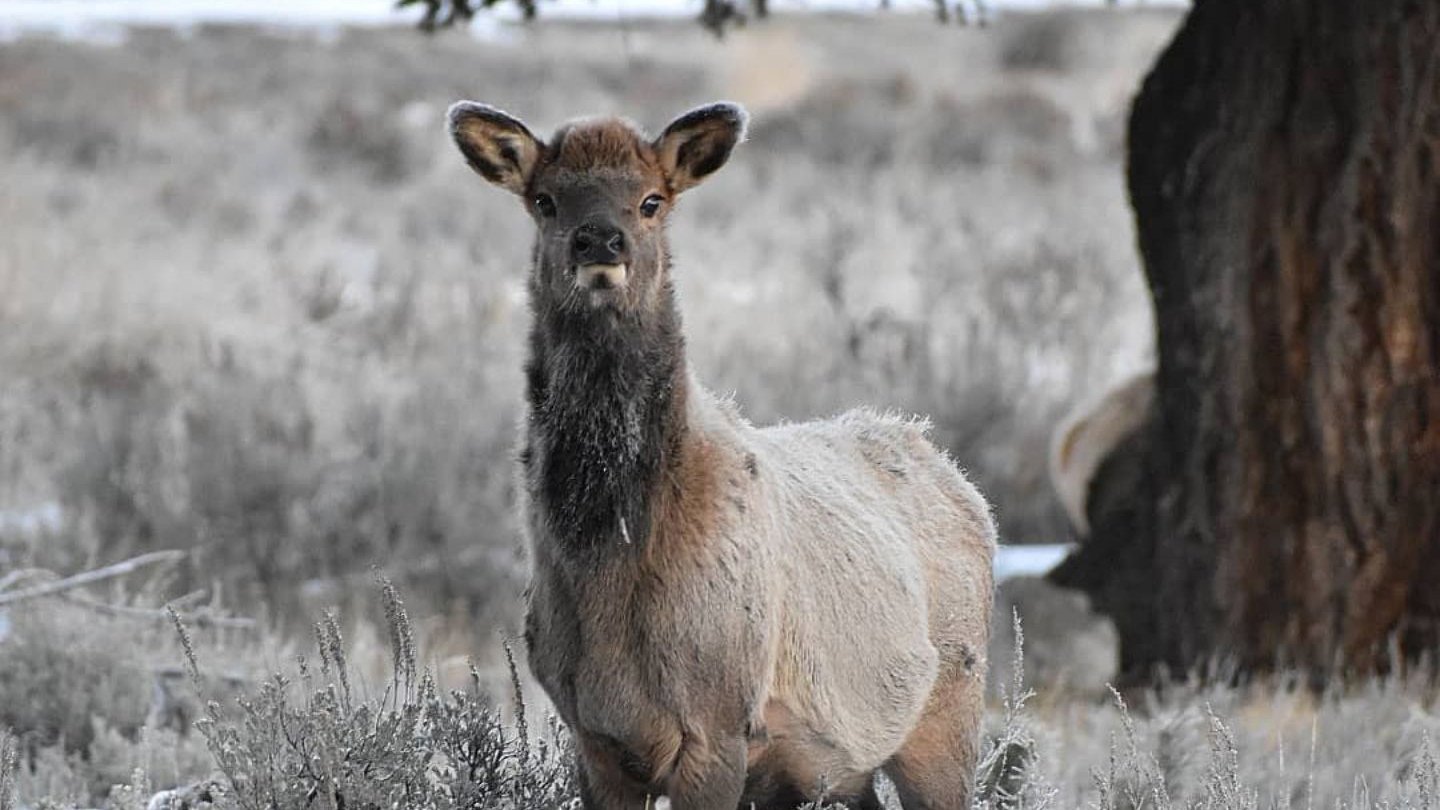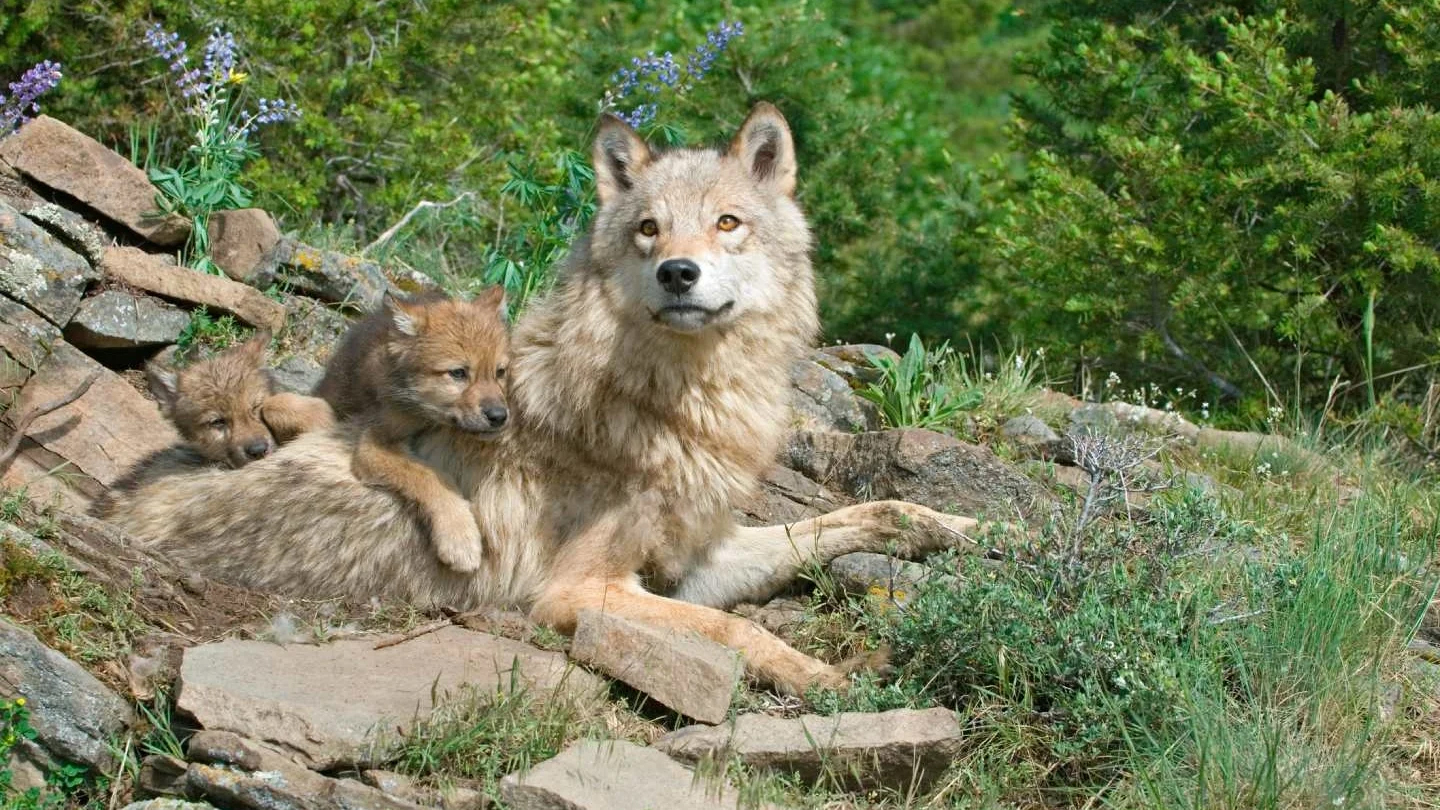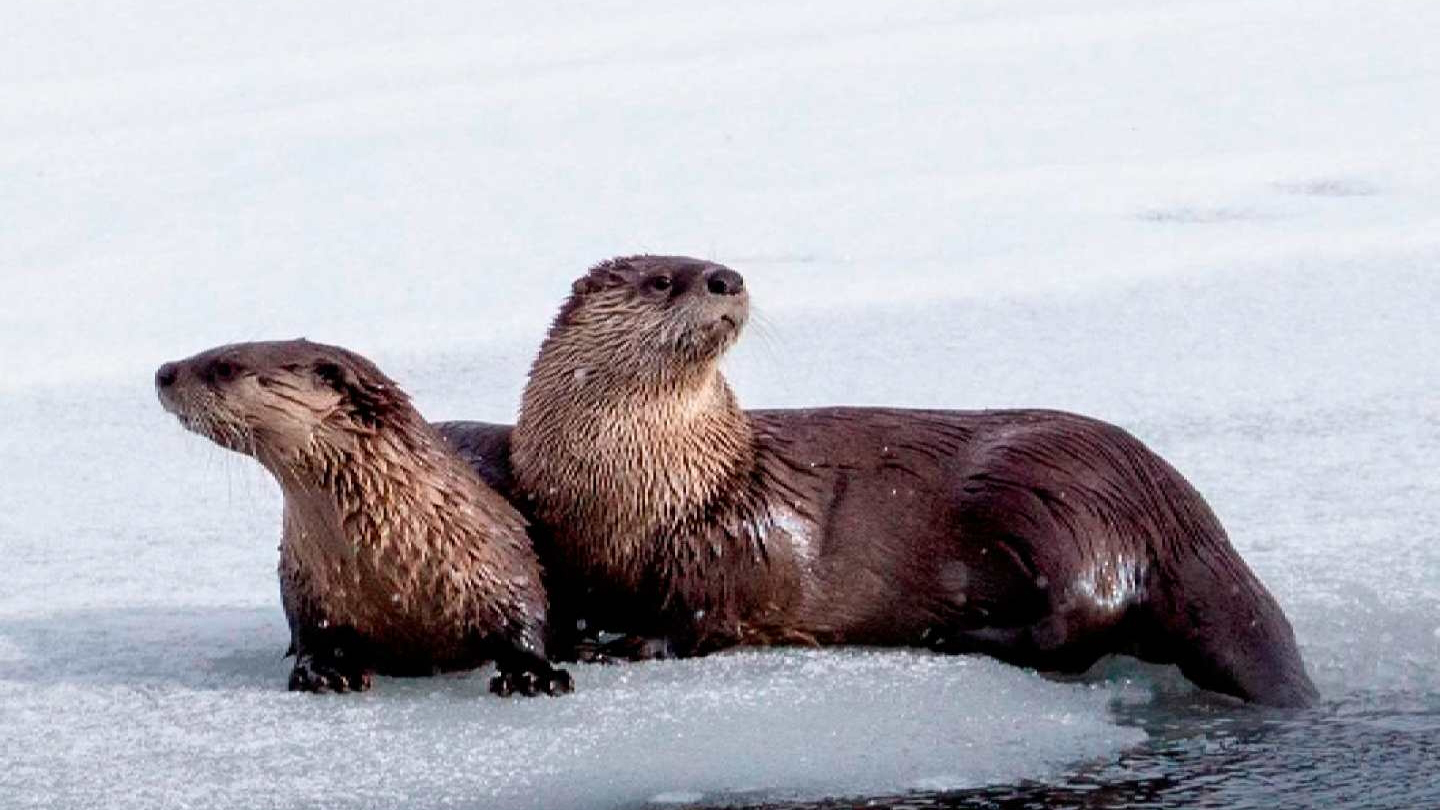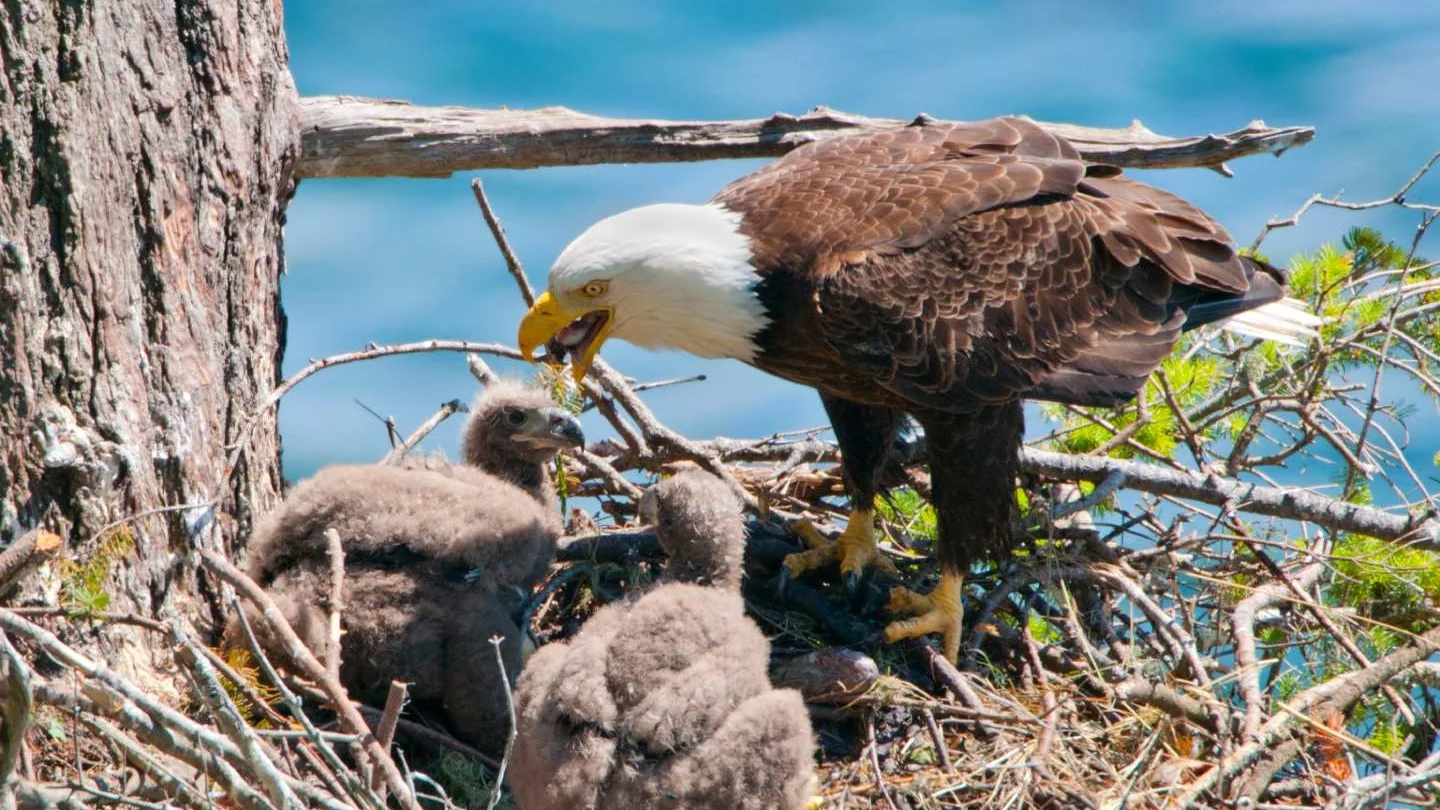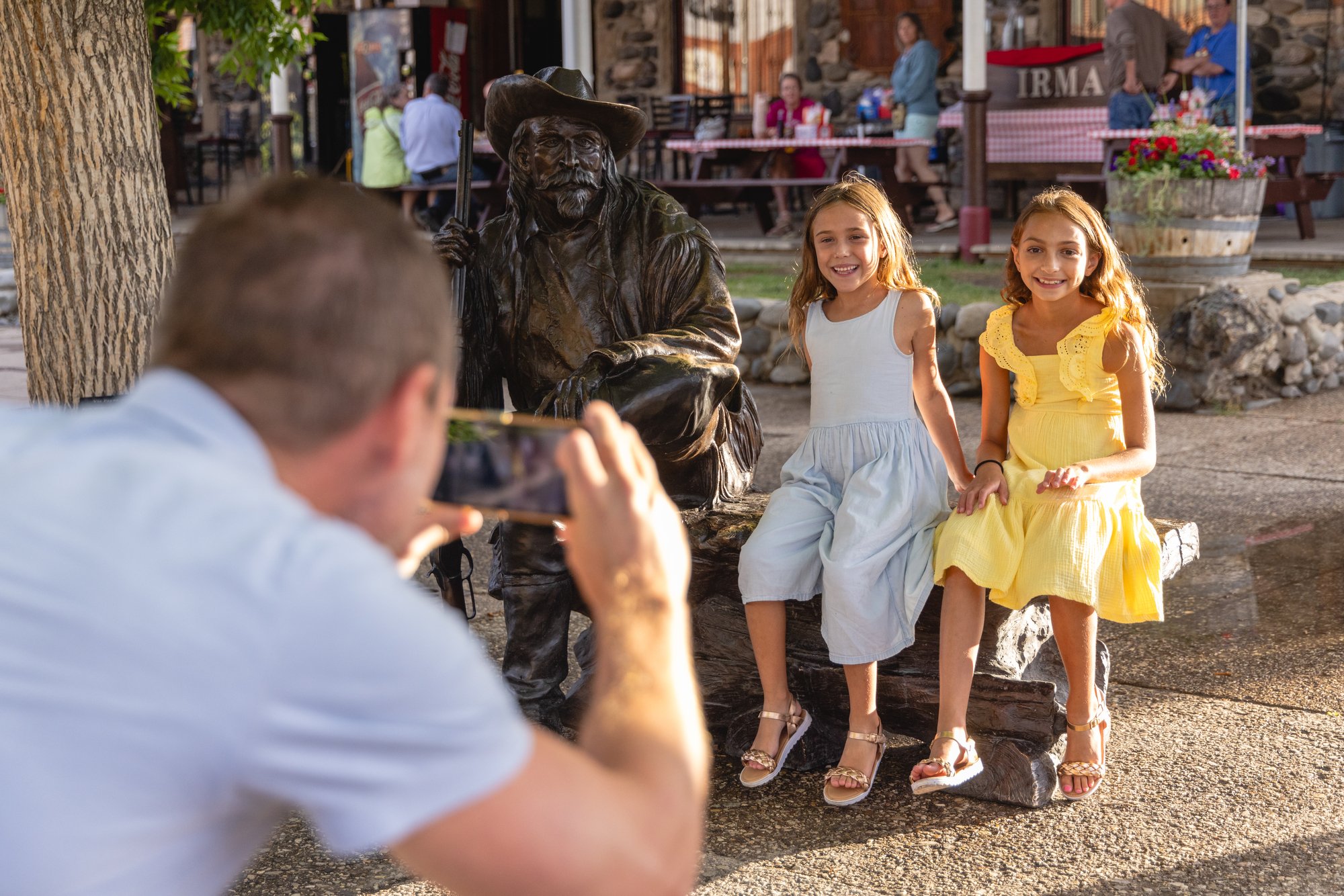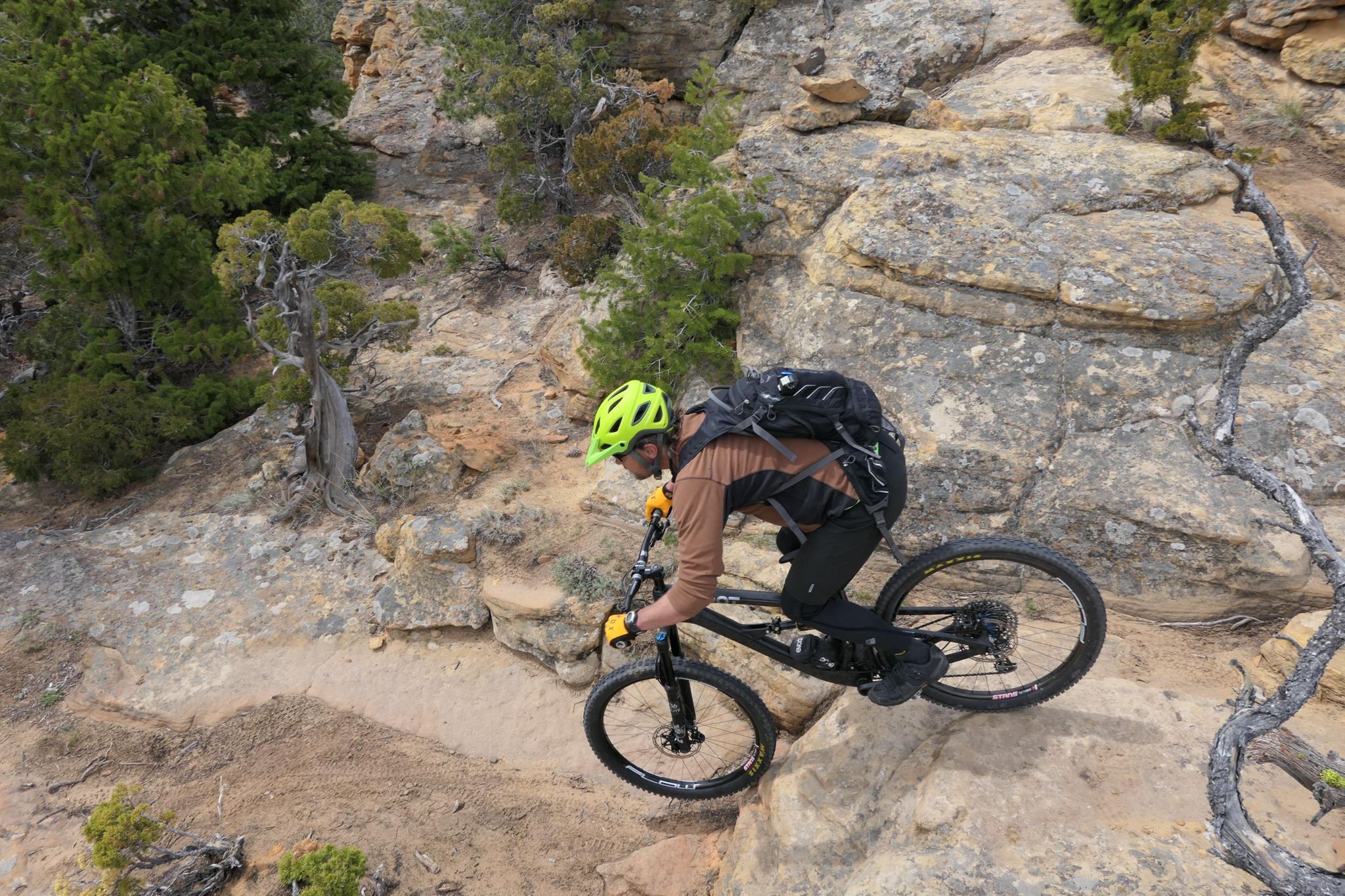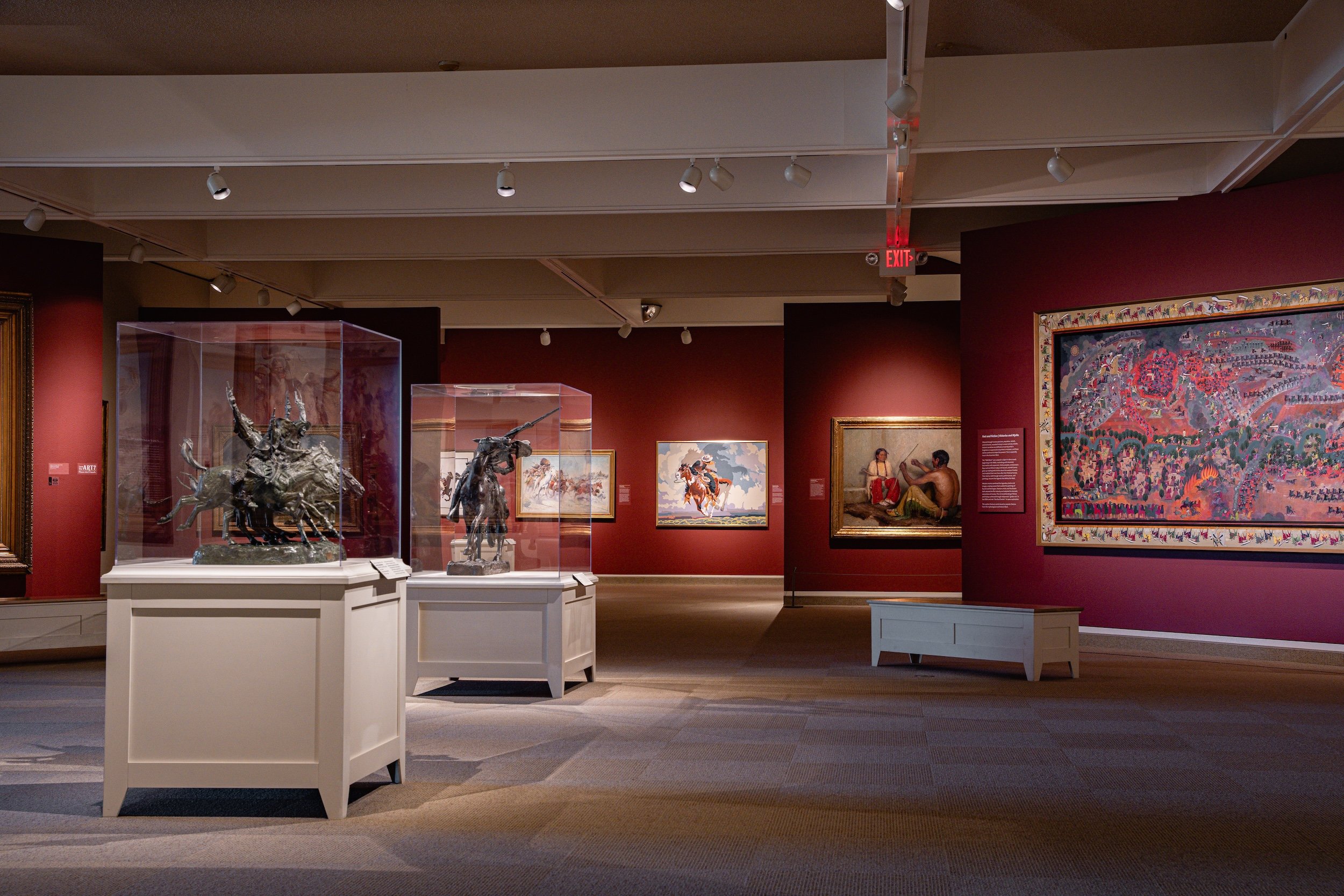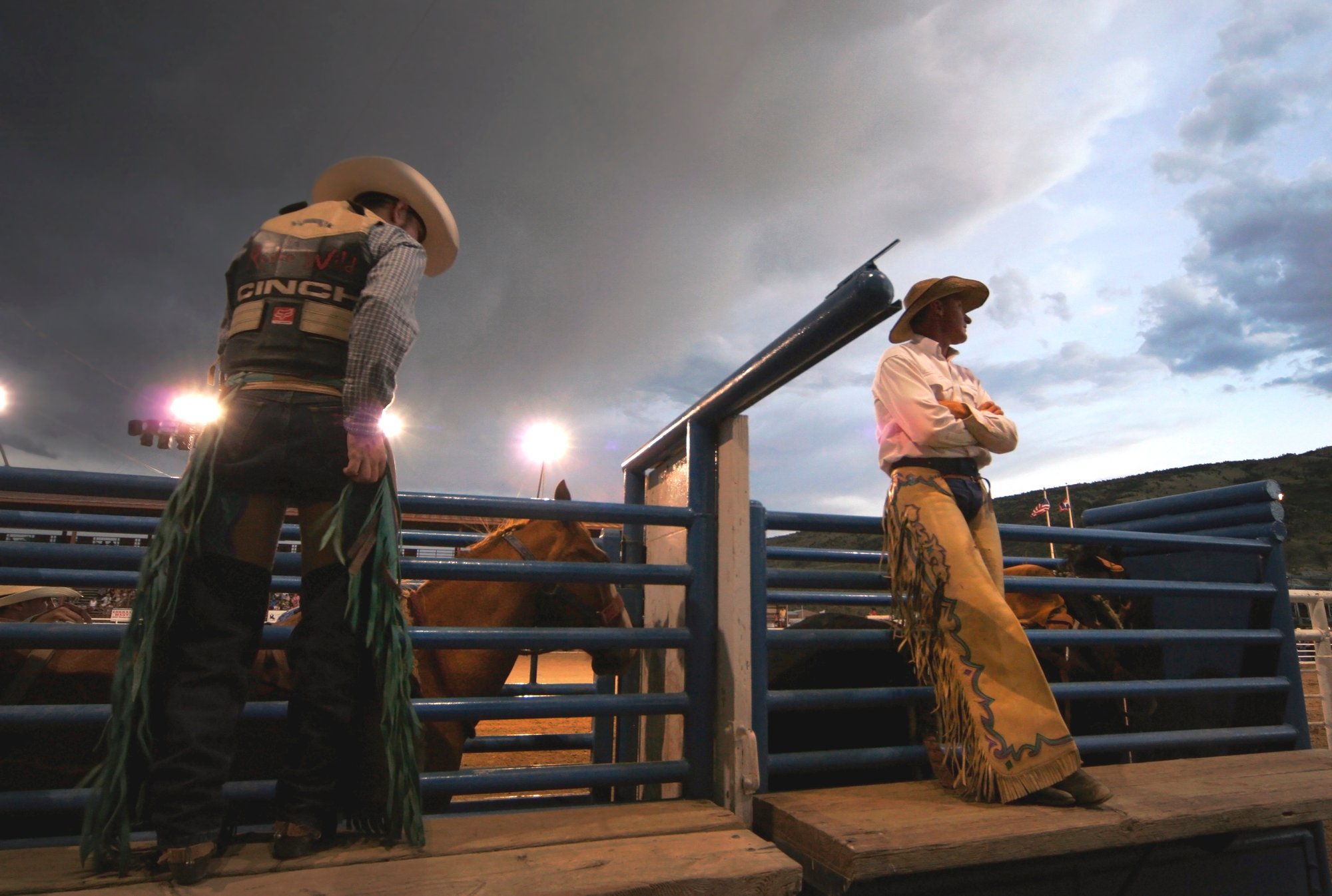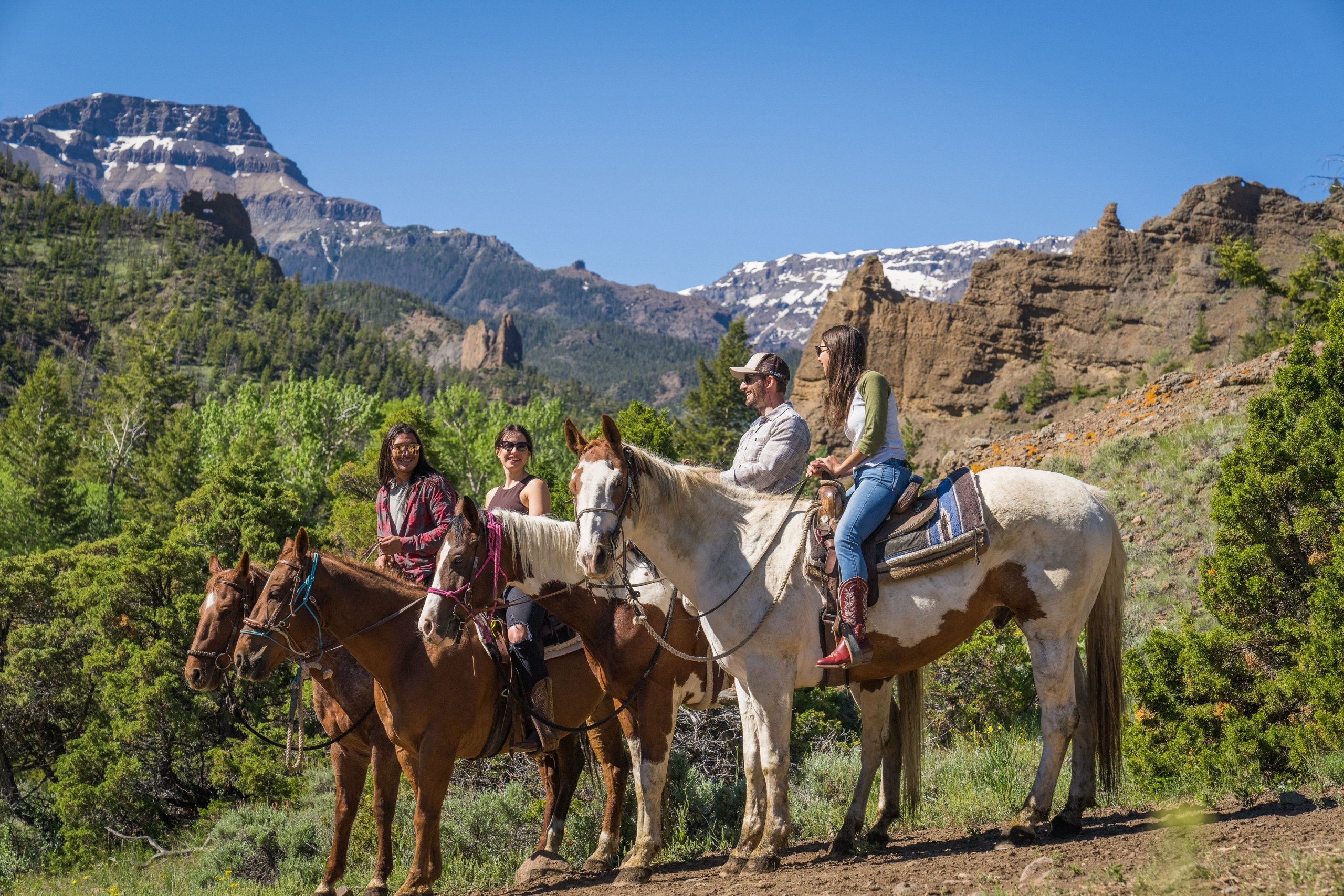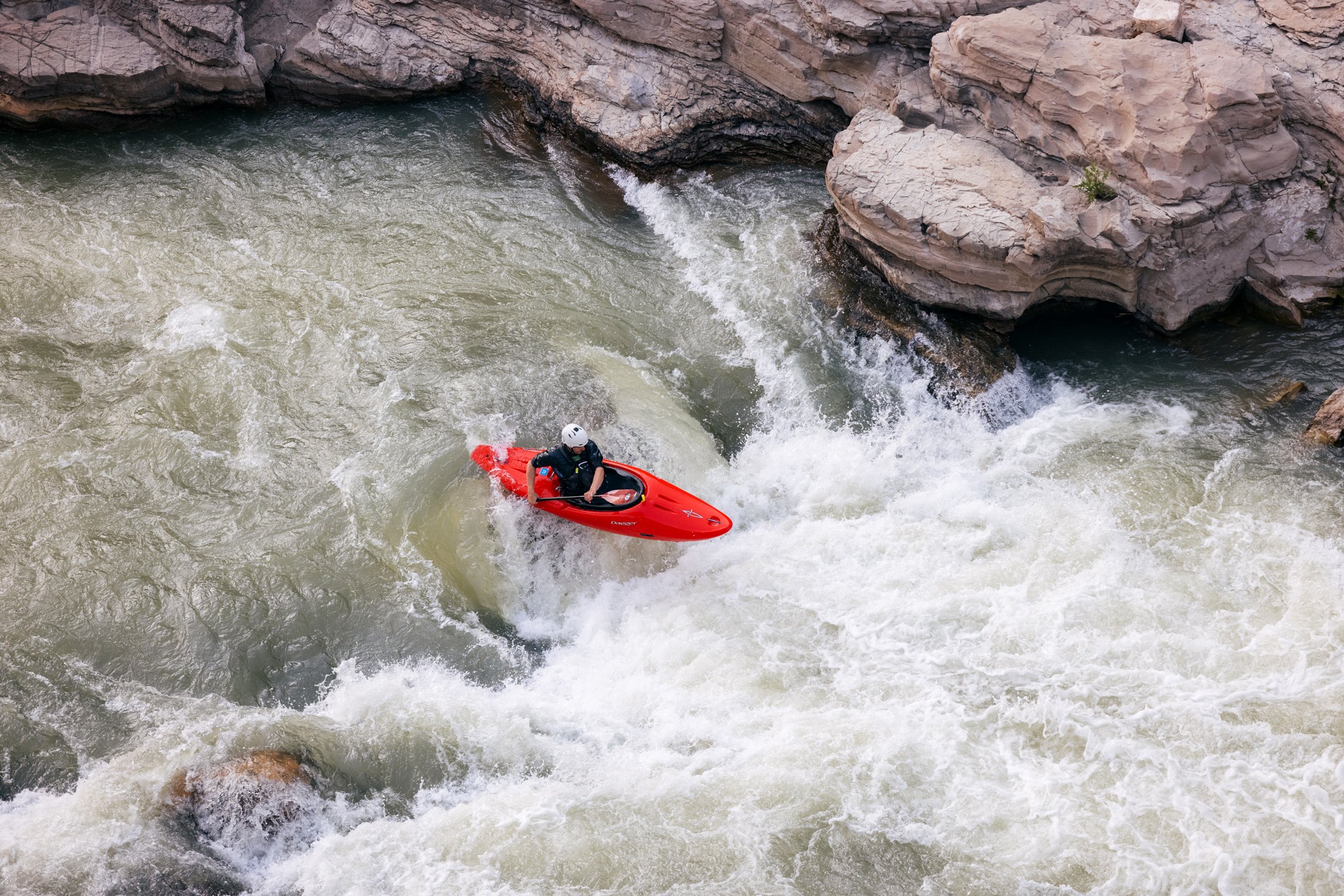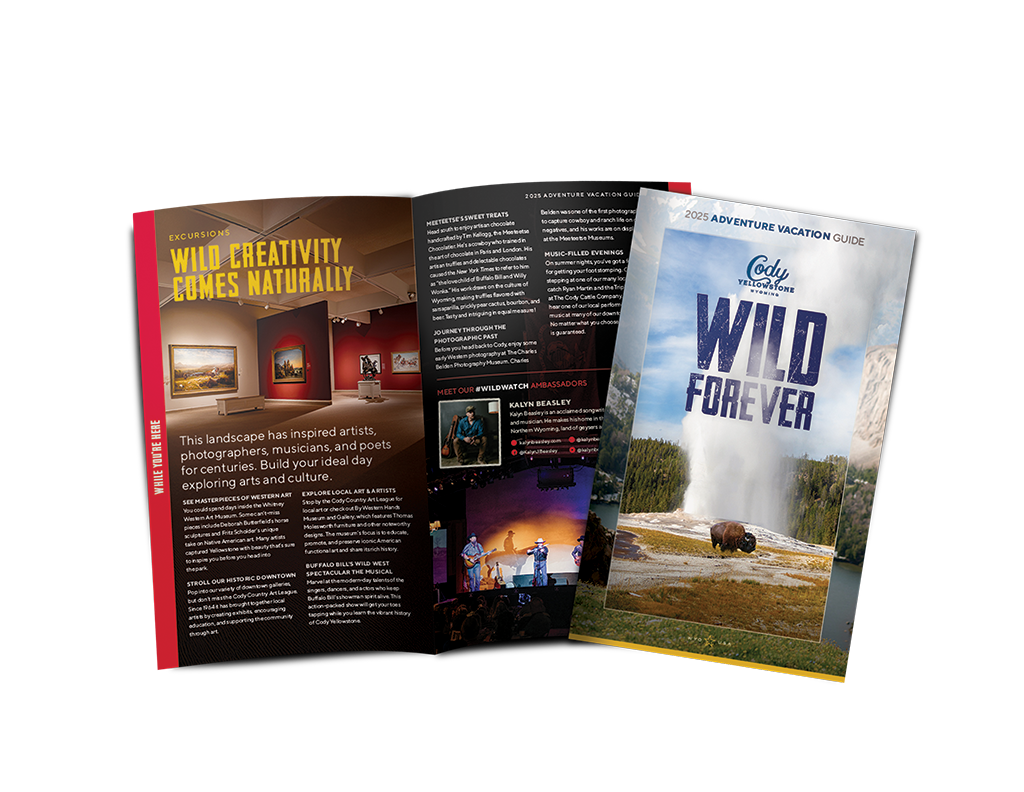June 12, 2025
Although the first official day of spring this year is March 20, the season truly begins when the first bear cub is spotted in the wild for most area residents. Even if feet of snow are still on the ground, a bear cub spotting means that the long northwestern Wyoming winter is winding down.
It also means that the next generation of Wyoming wildlife will soon make their debut, and many will be easy to spot from pullouts along our scenic byways.
Cody Yellowstone is home to dozens of wildlife species, including apex predators like bears and wolves, other large mammals like elk and bighorn sheep, and birds of prey such as eagles and osprey. Other critters include foxes, beavers, coyotes, river otters, mountain goats, marmots, pronghorn, pikes, and Yellowstone Cutthroat trout.
Here’s a closer look at the baby animals that will soon call Cody Yellowstone home.
